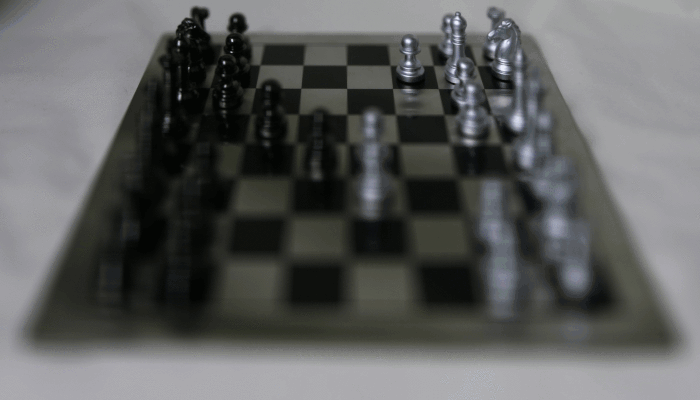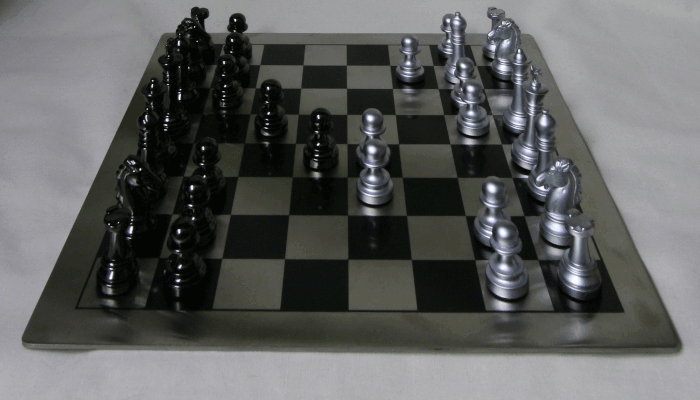By capturing multiple images over a place orthogonal to the optical axis, we can achieve effects such as depth refocusing and aperture adjustment after the image has been taken. The capture of multiple images in the above manner create what is usually referred to as lightfield data.
For the results below, we use the sample datasets from the Stanford Light Field Archive which consist of 289 images taken over a 17x17 grid.
Each image in the dataset are named with the form out_{x}_{y}_{u}_{v}.png. The values of x and y refer to the camera's position on the 17x17 grid, and ranges from 0 to 16. The u and v refer to the coordinates of the center of projection of the camera. Take, for example, the center image: out_08_08_-890.447388_990.432007.png where x = y = 8 and u = -890.447388 and v = 990.432007.

To perform depth refocusing, we first find the coordinates u0 and v0 associated with the center image (at grid position (8,8)). For all the other images, we "align" them towards the center by shifting them C*(u-u0) vertically (down for positive displacement) and C(v-v0) horizontally (right for positive displacement). C is a parameter that is adjusted (lowering C "focuses" the image farther away and increasing C "focuses" the images closer). We average all the images in the dataset in this manner.
The image below is the result of varying C from -0.5 to 0.5.

The image below is the result of varying C from 0 to 1.

To perform aperture adjustment, we gradually increase the number of images that we average together. We first start from the single image at the center of the 17x17 grid. We increase the aperture by adding in the eight images surrounding the center image. We can continue increasing the aperture (adding in the images surrounding those from the previous step) until we've averaged together all the images in the grid. Beforehand, we can perform depth refocusing as well.
C = 0.33

C = 0.2
